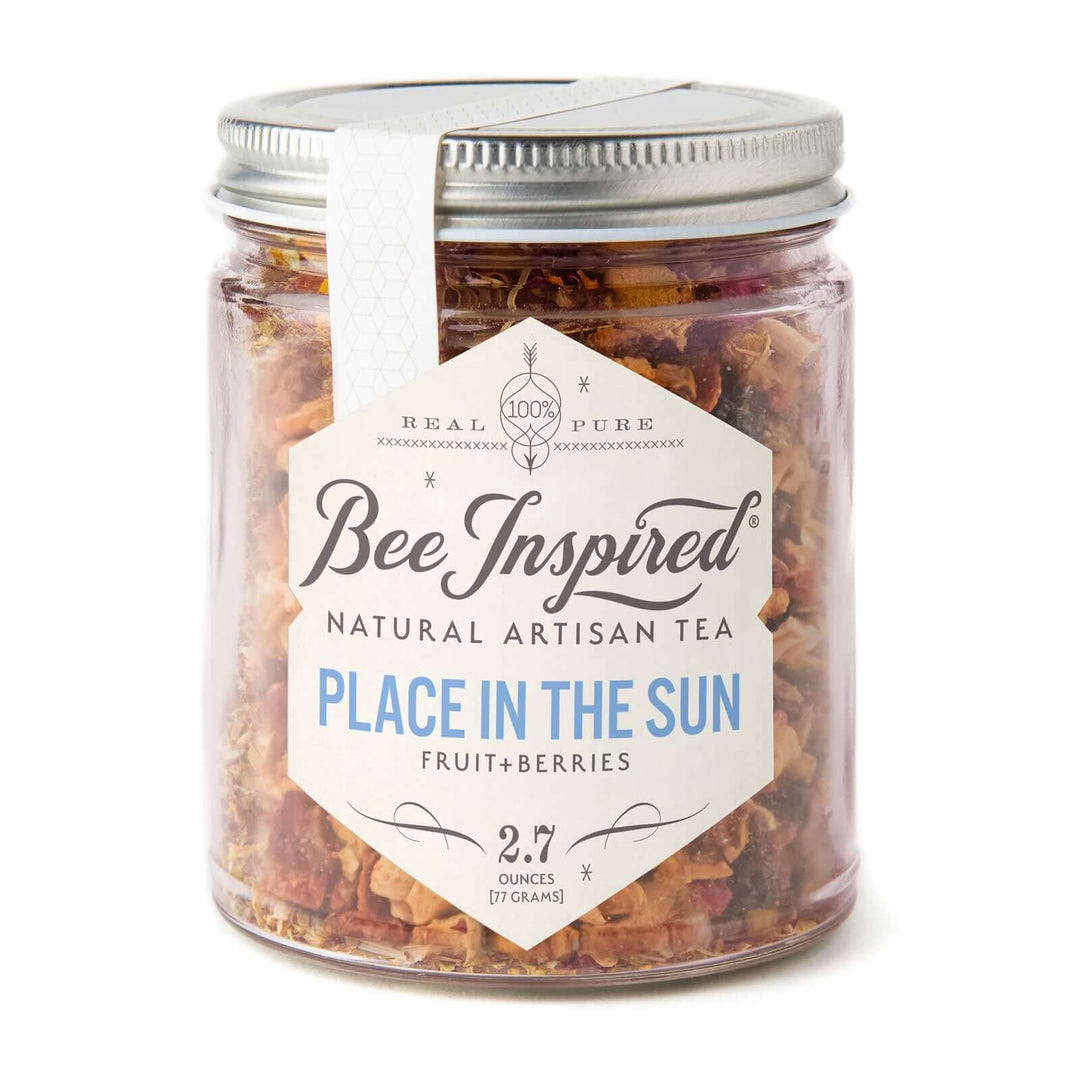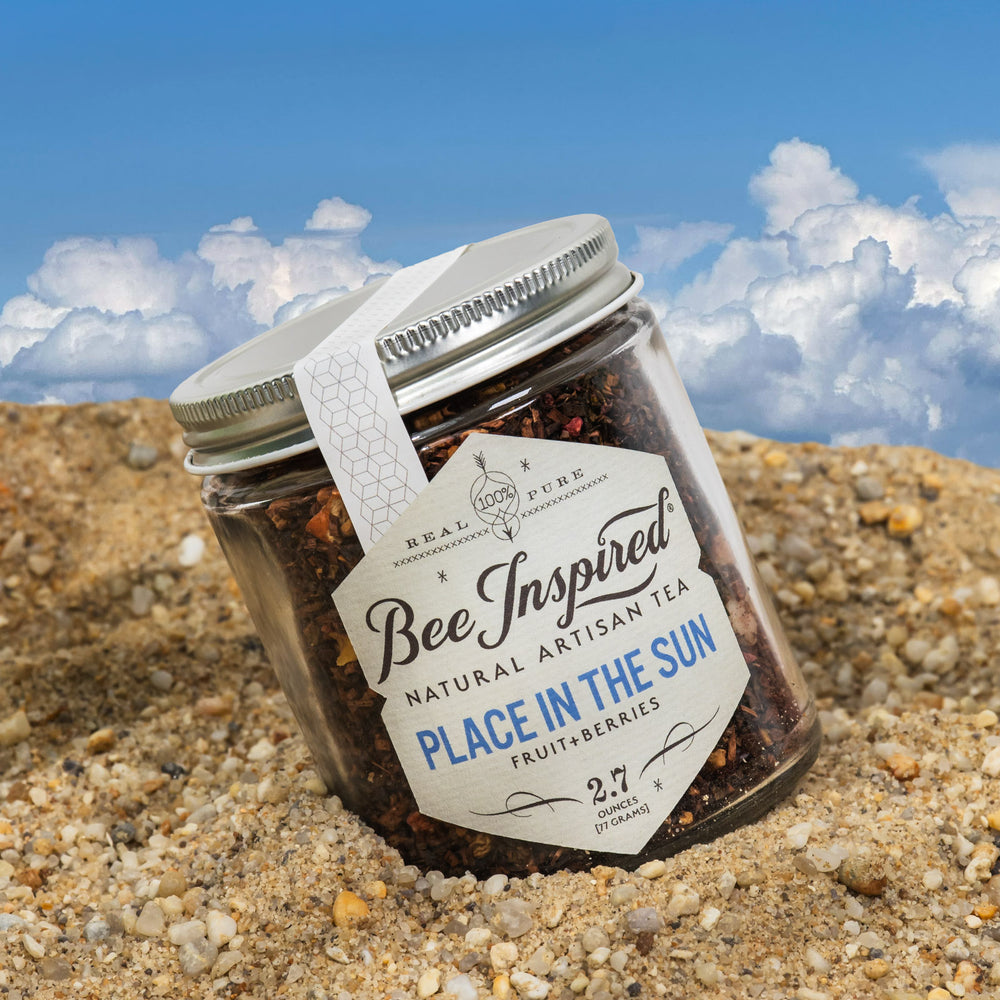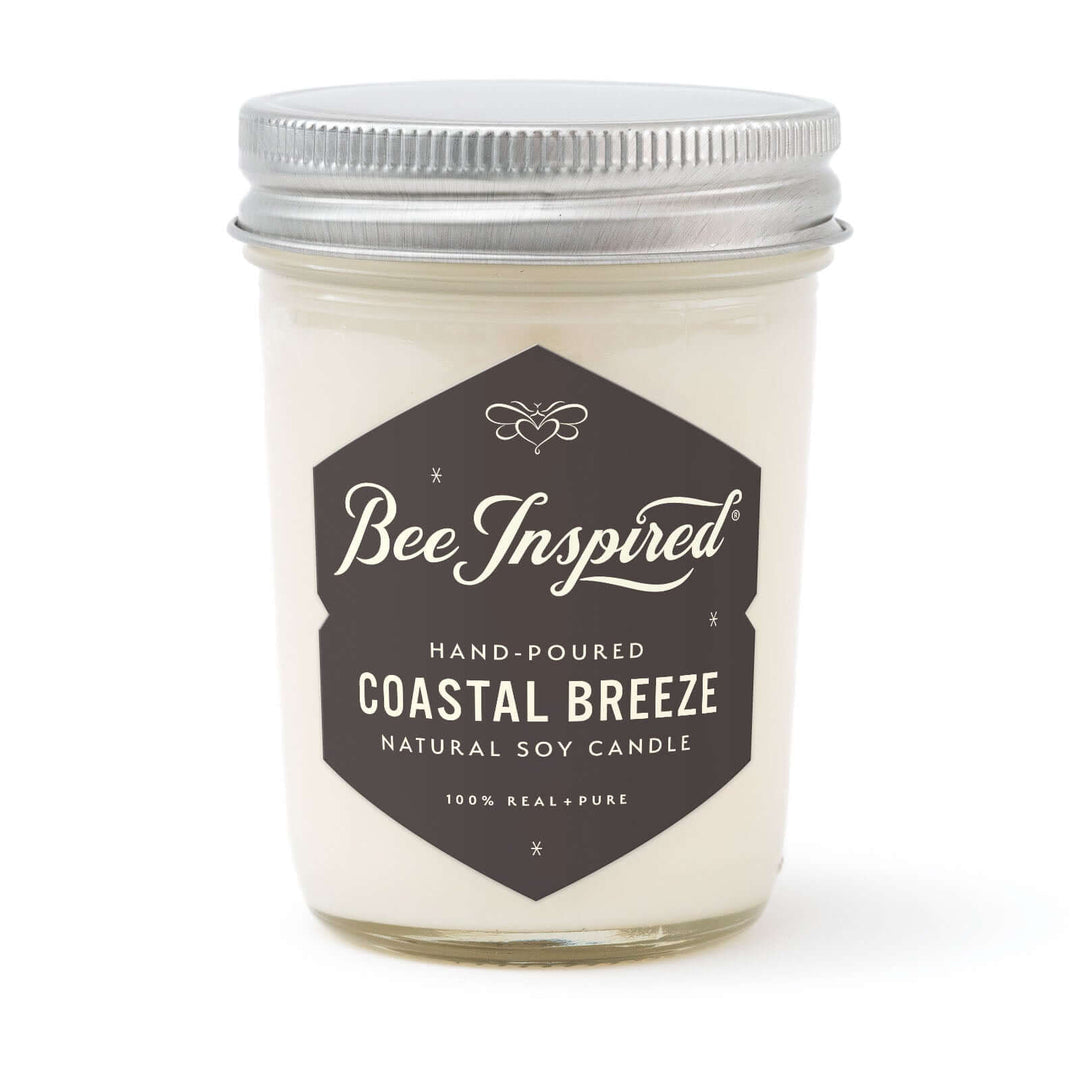In the serene landscapes of Maryland, the enchanting allure of honeysuckle vines once seemed a delightful addition. However, beneath their fragrant blossoms and lush greenery lies a more sinister tale. The invasive Japanese Honeysuckle (Lonicera japonica) has aggressively taken root, posing a significant threat to local ecosystems.
The Environmental Impact of the Honeysuckle Invasive Plant
As captivating as these vines may appear, their impact on the environment is far-reaching and destructive. The invasive honeysuckle doesn’t just grow; it conquers. Here are some of the devastating effects:
-
Sunlight Blockage: The dense foliage of honeysuckle canopies prevents sunlight from reaching native trees and undergrowth, stifling their growth.
-
Nutrient Strangulation: These vines wrap tightly around trees, shrubs, and other native plants, cutting off their supply of vital nutrients and causing them to wither and die. This is particularly true for bush honeysuckle and amur honeysuckle, which are known for their aggressive growth patterns.
-
Ecosystem Disruption: Maryland’s forests rely on a delicate balance of native pollinators, plants, and animals. With the aggressive spread of honeysuckle, there’s heightened competition for space, food, and sunlight, destabilizing this fragile ecosystem. Invasive honeysuckles, such as Amur honeysuckle, outcompete native plant species, further exacerbating the problem.
Invasive Honeysuckle on the Farm
Invasive Honeysuckle on the Eastern Shore of Maryland is as beautiful as it is problematic. On Chesterhaven Beach Farm, we have lots of naturalized areas where interesting things pop up. A combination of our own seedings, wild growth, and plantings that have stuck around from previous crops focused on creating a pollinator garden for bees offers a diverse ecosystem. Among these, we often encounter bush honeysuckles and exotic bush honeysuckles, which are non-native invasive shrubs introduced from Europe and Asia.

From old fruit trees to our figs and sunflowers, the land has been altered many times by human hands. Native plants show up on their own (and with help from us). So do species that have naturalized in the area all on their own.

Invasive honeysuckle is one of these plants; it shows up with the help of birds and winds its way through trees and brush. Thankfully, it doesn’t spread around the farm very well, so we’re able to enjoy the fragrant flowers without worrying about it getting out of hand. When it does, we remove the vines by hand. Seed dispersal for these plants occurs from late summer to early fall.
Invasive Honeysuckle on the Shore Smells too good to be so problematic
Japanese honeysuckle, along with other lonicera like Morrow's honeysuckle, is frankly a weed—a pretty one, but a weed nonetheless. It’s invasive and aggressive, although many pollinators and birds enjoy the flowers. Invasive honeysuckle berries can negatively impact native plant species and migrating birds compared to native berries. Hummingbirds and butterflies are big fans of the plant, and songbirds feast on the berries come autumn. To boot, the fragrance is intoxicating and screams summer…so we’ll put up with the plants otherwise bad habits. Planting native honeysuckle gives you the beautiful perfume without a need to worry about how much damage the plants will cause to native species and native understory plants.
Our farm has soil that leans on the heavier side—this makes it difficult for non native honeysuckles to spread. The maintenance of the fields also helps to limit how far the plants can move, thanks to regular mowings. To top it off, cold winters limit how far the plants can grow.
This mowing is a typical control method for slowing invasive honeysuckle, although it isn’t always that effective. Large plants will resprout weeks later and need more aggressive treatments. We’re lucky to only have a few plants on the farm, with regular treatments we will be able to keep them under control.

Identifying Invasive Species Honeysuckle in Maryland
To combat this threat, we must first be able to identify it. Japanese honeysuckle can be recognized by its distinctive features:
-
Young Stems: Green, finely-haired, and flexible.
-
Older Stems: Woody, hollow, with brown bark that peels off in sheds.
-
Leaves: Opposite pairs at each node, three inches long, egg-shaped, hairy, and smooth-edged.
These characteristics make the honeysuckle vine distinct yet deceptively beautiful—a reminder that not all that glitters is gold.
Fighting Back: Control Methods
While the task may seem daunting, there are effective methods to control and eradicate invasive honeysuckle:
-
Uprooting Young Vines: Removing young vines by the root can prevent further introduction to new areas.
-
Prescribed Burns: Conducting controlled burns in the spring can help slow the spread by burning seeds and young growth.
-
Foliar Herbicides: Applying herbicides to the foliage can eliminate extensive growth. These are particularly effective during the cooler months when native vegetation is dormant.
Note: Make sure that you are only picking non native, invasive honeysuckles and not the native species!
In other areas of the country, the plants grow unchecked, and burnings and chemical treatments are used in conjunction with mowings. In warmer areas, especially the south and lower mid west, herbicides are necessary to stop the growth of the plants.
A Call to Protect and Preserve
In our pursuit of environmental stewardship, combating the invasive honeysuckle is a vital mission. By recognizing the signs and taking active steps to control its spread, we can protect Maryland’s beautiful and diverse forests. As we work together, guided by a joyous, romantic vision of a flourishing, eco-conscious world, let us remember that every small action contributes to a larger goal: nurturing the intricate web of life that binds us all.
Join us in this effort. Feel the earth beneath your feet, breathe in the scent of wildflowers, and know that you are part of something grand and beautiful. Let's safeguard our natural treasures for generations to come.













